At Dawn’s Edge, the Simple Ritual of Camp Coffee
At first light, the forest is quiet. No birds yet. No insects. Just a soft line of fog settled low among the trees and the faint scent of ash in the air. Someone stirs in their sleeping bag. A tent zipper opens. The air is cold enough to see breath. It’s time to boil water.
The kettle sits on a battered camp stove. A blue flame flickers underneath. Nearby, someone taps grounds into a metal filter perched on a tin mug. There’s no counter. No electricity. No milk frother. But there is coffee.
That’s enough.
Why Camp Coffee Matters
Coffee at home blends into routine. You fill a machine, press a button, and wait for the drip. On the trail, the ritual takes more effort. You carry everything you need: heat, beans, filters, cups. You pack it in. You pack it out.
Out here, the first cup marks the line between sleep and the day. It warms hands and face. It fills the stomach with something familiar. It gives the body a reason to move, even when the sleeping bag still calls.
Camp coffee doesn’t just wake you up. It centers you.
The Basics of Brewing in the Wild
Making good coffee outside doesn’t require much. You need four things: coffee, water, heat, and a method.
The water can come from a stream or tap. Boil it for safety. Coffee should be ground before the trip, unless you bring a hand grinder. Aim for two tablespoons per eight ounces. Use more for bold taste, less for subtle.
The heat often comes from a gas stove, Jetboil, or fire. Fire takes time and leaves soot. A stove works faster. For cleanup, bring a cloth or pack a small mesh bag for used filters.
You don’t need fancy gear. You need to think ahead.
Instant, Cowboy, and Other Simple Fixes
Some people swear by instant coffee. You tear a packet, pour in hot water, stir, and drink. There’s nothing to clean. It weighs little. Brands like Alpine Start and Voila cost more than store brands but taste smoother.
Another option is steeped coffee bags. They work like tea: drop the bag in, wait three to five minutes, remove. Brands like Kuju or Steeped offer compostable packaging. Flavor varies, but the method works for those who want something better than instant without carrying gear.
Then there’s cowboy coffee.
It’s the simplest method with actual grounds. Bring water to a boil. Add coarse coffee. Let it boil for a minute. Remove from heat and wait for the grounds to settle. Pour gently. Expect grit. Still, there’s charm in drinking thick black coffee made over a fire.
Better Flavor, More Gear
If you want more control over flavor, add a tool.
The pour-over is light and reliable. A collapsible dripper sits over a mug. You add a paper filter, scoop in grounds, and pour hot water in circles. It takes practice to get the flow right, but the taste rewards you. Clean-up means tossing the filter and rinsing the dripper.
The French press works well too, if you carry one. Camp models use metal or double-walled plastic. You add coarse grounds, then hot water. Wait four minutes. Press. Drink. Models like the Espro P0 or GSI JavaPress hold heat and resist breaking.
The Aeropress is a favorite among coffee lovers. It brews a cup in about a minute and packs small. You insert a paper filter, add grounds, pour water, stir, then press. It makes strong, clean coffee and needs only a quick rinse. Many backpackers list it as the best blend of weight, taste, and ease.
The Moka Pot and Espresso Tactics
The moka pot feels old-school. It’s made of aluminum or stainless steel and brews with steam pressure. Water goes in the base, coffee in the filter basket, and as it heats, water pushes up through the grounds into the top chamber.
It makes something close to espresso—dark, rich, a little bitter. You need steady heat and a careful eye. Leave it too long and it burns. But many swear by it, especially those raised on stovetop coffee at home.
Some go even further and carry small espresso presses like the Wacaco PicoPresso. They’re not light, but they pull a real shot in the woods. For some, it’s worth the weight.
Percolators and Group Mornings
For groups, the percolator still works. It’s a classic metal pot with a vertical tube. Water boils and rises up the tube, then falls through a basket of grounds. The cycle repeats until the brew is strong enough.
You need to watch it. Too long and the coffee turns harsh. But for six people sitting around a fire, a percolator fills mugs fast.
These days, many companies make stainless steel versions built for campfires. GSI and Coleman sell reliable ones that hold up for years.
Cold Brew and No Heat Days
Sometimes you don’t want hot coffee. You don’t have time. Or it’s too warm. That’s when cold brew helps.
Before the trip, mix coarse coffee with water in a 1:4 ratio. Let it sit in a cooler or shaded spot for 12 to 24 hours. Then strain and pour over ice or dilute with water. It’s smooth, low-acid, and lasts for days.
Some hikers fill a mason jar in their pack and let the motion steep the grounds while they walk. It’s not fast, but it works.
Choosing Based on Style, Not Just Taste
No method is best. Each fits a certain style.
If you care only about caffeine and speed, go instant. If you like bold flavor but pack light, try an Aeropress or pour-over. For cold trips or long stays, a French press or moka pot makes sense. Group trips often suit a percolator. Hot weather favors cold brew.
Some choose based on nostalgia. The smell of a moka pot bubbling recalls grandparents. Cowboy coffee reminds them of stories from old field guides. Taste matters, but habit matters more.
Cleanup, Heat, and Common-Sense Rules
Coffee grounds don’t belong in streams. Pack out used filters. Bury grounds if needed, away from camp. Use biodegradable soap and rinse away from water sources.
Metal pots from fires pick up soot. Carry gloves or let them cool. Don’t pour boiling water in wind. Don’t leave a press full of grounds overnight. Animals smell everything.
A clean coffee setup avoids accidents. And it keeps the next cup from tasting like old ash.
The Gear That Gets Mentioned
When asked, most experienced campers name the same tools.
Aeropress, for flavor and weight. Snow Peak titanium presses, for those who care about gear weight. Stanley and GSI make sturdy percolators. Kuju and Voila for pour-over in a hurry. Jetboil stoves for quick water. Bialetti moka pots, always.
None of this gear costs much. But it makes a difference.
A cup that tastes like home, even a mile from the trailhead, feels earned.
One More Cup Before You Pack
The sun rises. Shadows retreat. Tents collapse. Boots thump the ground.
But someone stays behind to pour one more cup. They pour slowly, careful not to spill. They stare into the woods and sip.
This moment is why they carried the kettle. Why they brought filters and weighed their beans at home. Why they woke first and waited for the water to boil.
Coffee outside isn’t just about caffeine. It’s about habit, heat, and care.
It’s how some people meet the day.
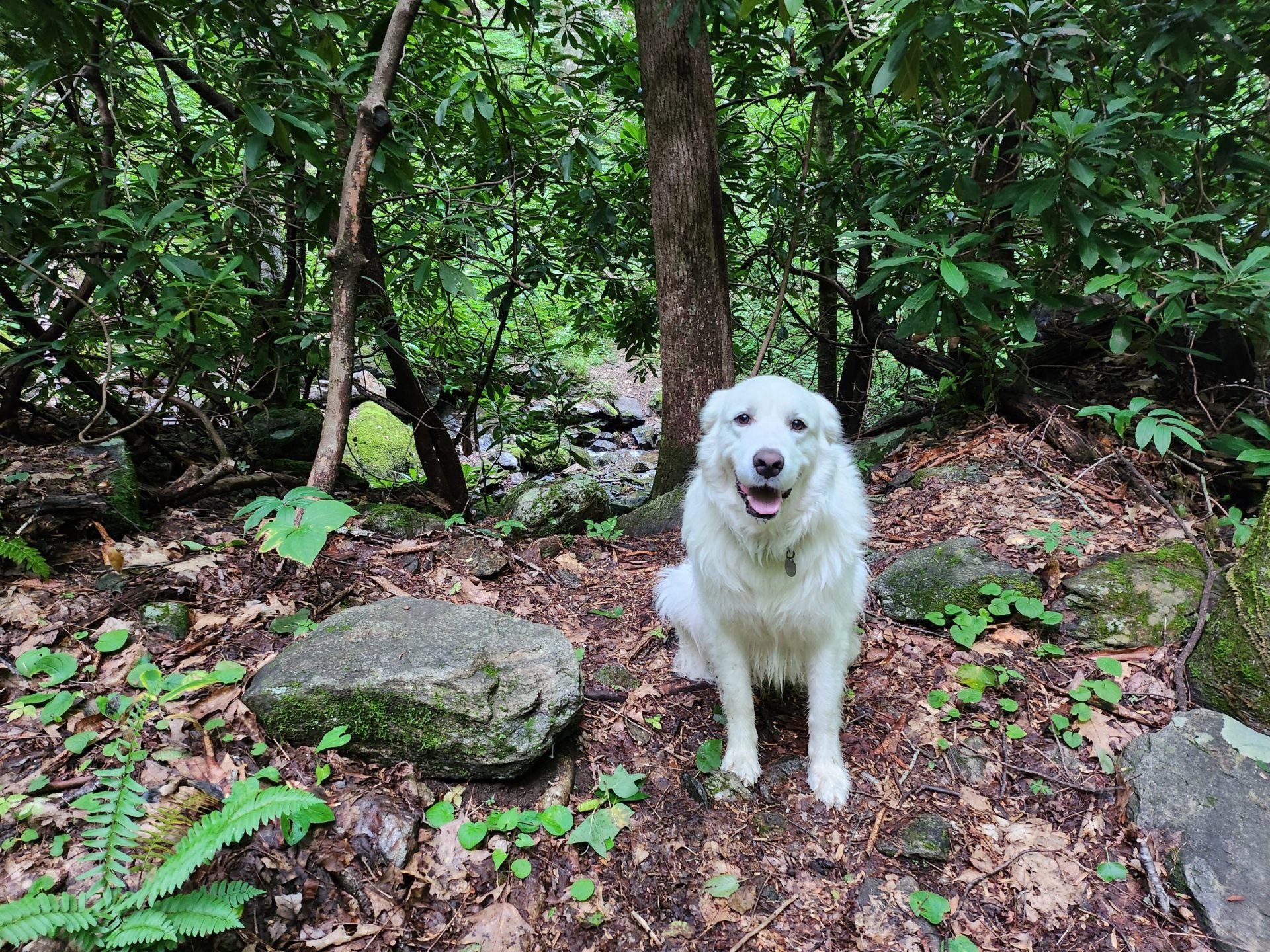
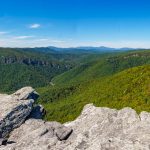

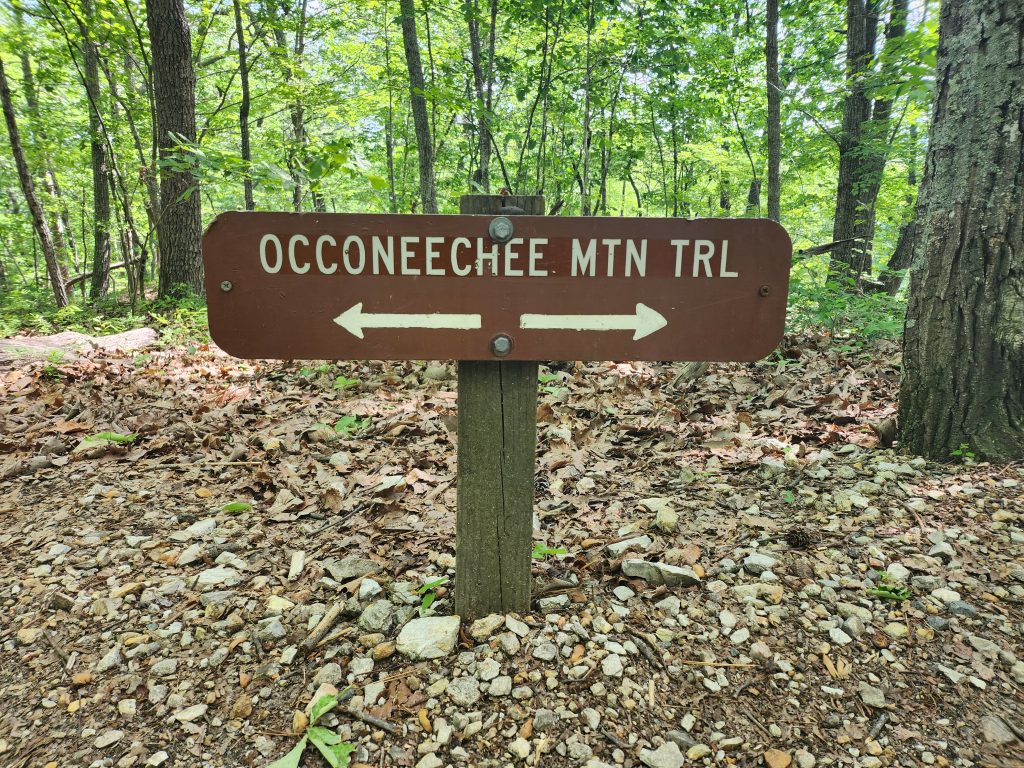
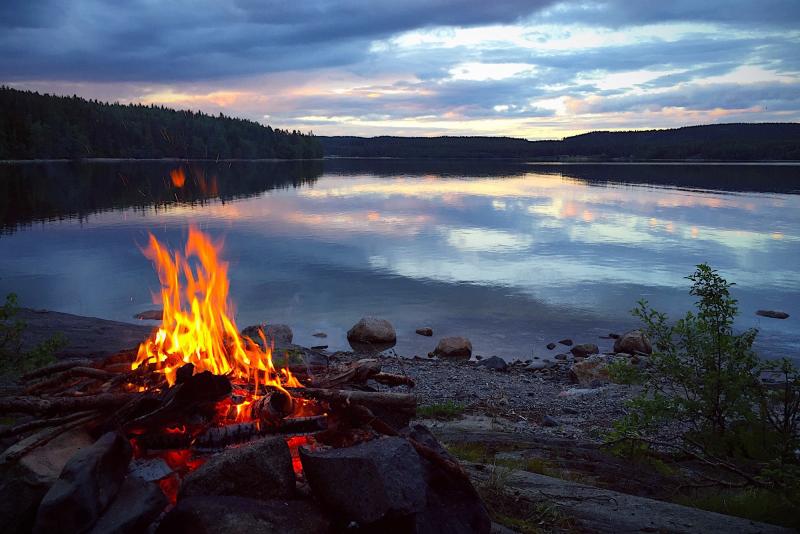
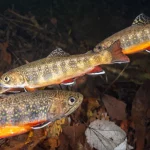

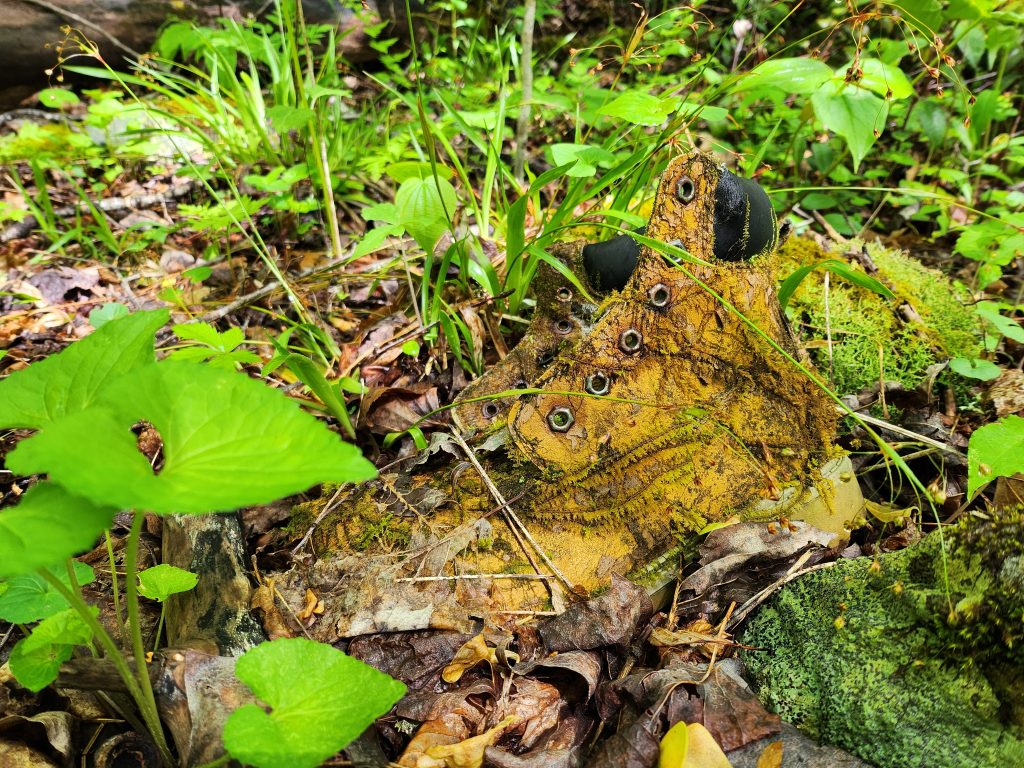
Leave a Reply